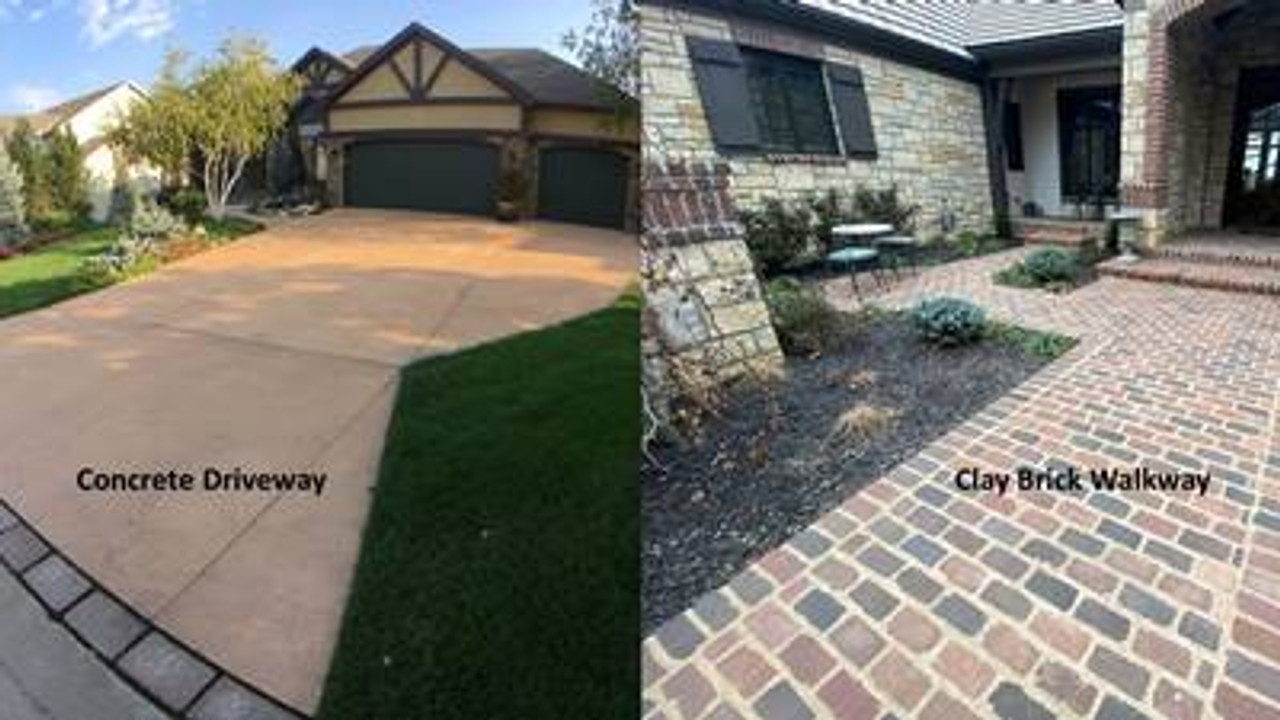What is the difference between a sealer designed for sealing concrete and a sealer for sealing clay bricks and natural stones?
The primary difference is the chemistry used to seal.
a. SealGreen Concrete Sealer is a Siliconate based sealer.
i. This sealer reacts immediately upon contact with the concrete surface. Fills the upper pores and crystallizes. Used on broom finish or rough concrete or smooth hard trowel floors or polished concrete.
ii. The intent is to penetrate the concrete surface and immediately close and seal the pores of the concrete. Usually, the penetration will be from one-eighth to one-quarter inches into the concrete.
iii. It is designed to protect concrete like sidewalks, driveways, roads, parking areas where the most important part is to prevent penetration of salt, dirt, and other things that the concrete may be exposed to.
iv. Additional information:
1.Why seal concrete - https://sealgreen.com/blogwhy-cleaning-and-sealing-concrete-makes-it-safer/
b. SealGreen Brick and Natural Stone Sealer is a Silane/Siloxane Organic Sealer
i. This sealer is designed to chemically react slowly with clay and natural stone. The slow reaction allows for deeper penetration into brick or stone.
ii. Since these materials do not have any cement mix it is required to get a deeper penetration for best protection performance. This type of materials tends to absorb large quantities of water and when they freeze the ice internally will expand and create shedding, ultimately destroying the brick or stone.
iii. Clay bricks and natural stones are usually used on walkways, walls, outdoor kitchens, fences, column caps, benches, decorative environments, and many other applications.
iv. Most of the brick and natural stones are usually glued with mortar (cement mix with sand and water). This mortar also needs to be sealed to avoid any freeze thaw expansion and separation from the brick or stone creating hairline cracks allowing the water to penetrate. This effect is usually very apparent on clay brick walls.
v. Additional information
1.Why seal natural stones - Why should we seal natural stones? - SealGreen.
2.Why seal clay bricks – Why should we seal Red Clay Bricks? - SealGreen
3.Why seal pavers - Why should we seal pavers? - SealGreen

